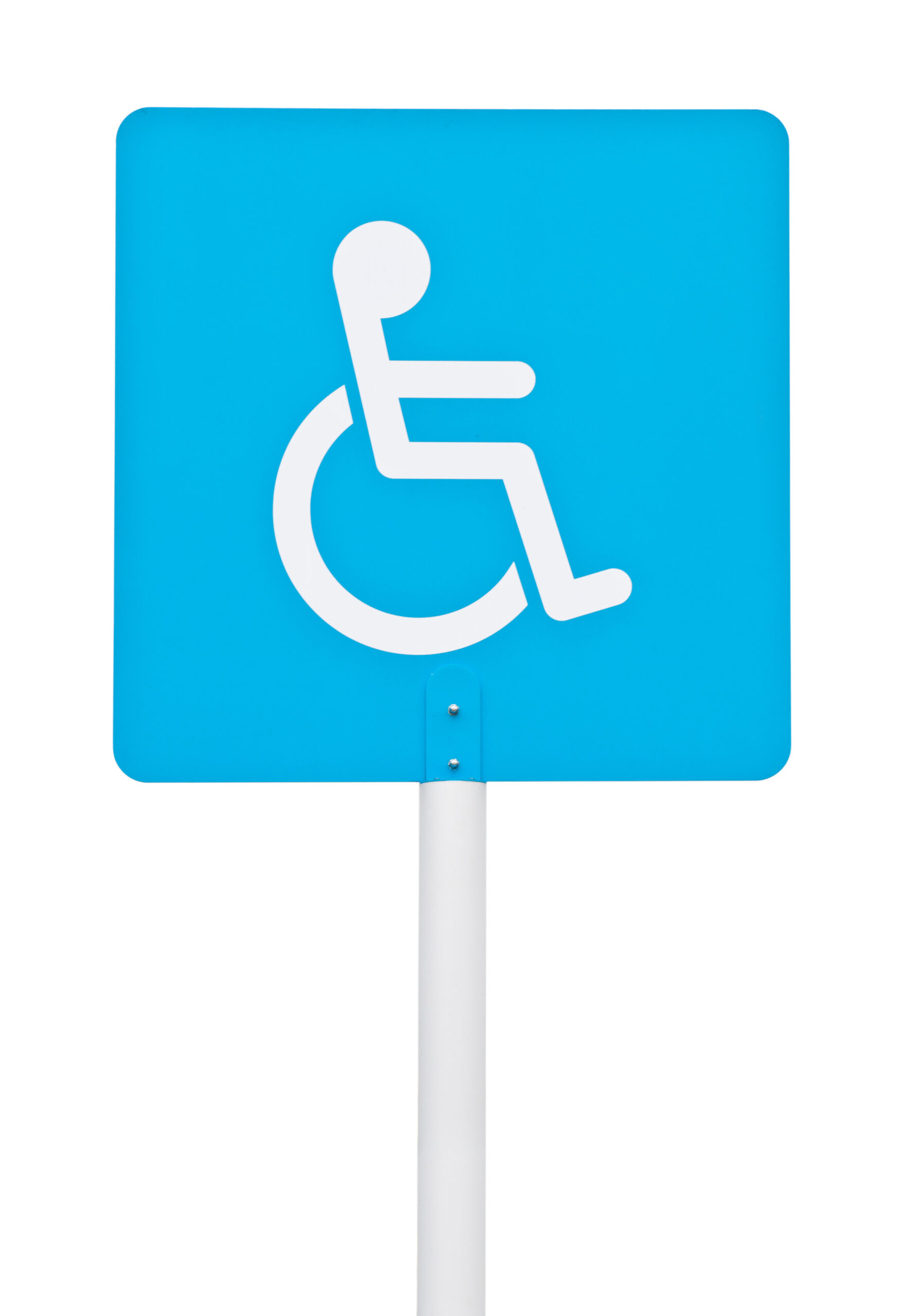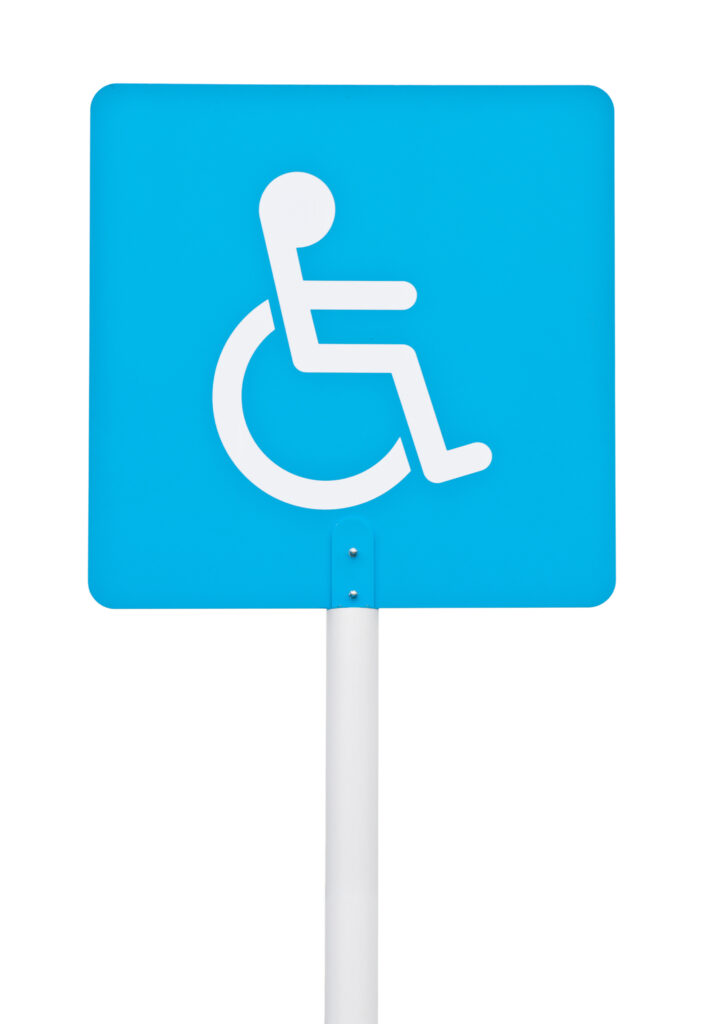As our population ages, more people are living with disabilities that affect their mobility, vision, hearing or cognitive abilities. It’s essential to ensure that cleaning practices in homes, public spaces, and workplaces are inclusive and accessible for everyone.
In this blog post, we will discuss the importance of accessible and inclusive cleaning practices, tips for making spaces more accessible and inclusive, and how to create a safe and welcoming environment for all.
Introduction to Cleaning for People with Disabilities
People with disabilities face significant challenges when it comes to accessing and using facilities that are not designed with their needs in mind. For instance, someone who uses a wheelchair may struggle to enter a building if there is no ramp or lift, while someone with visual impairments may have difficulty navigating around obstacles like furniture or cluttered floors.
Similarly, cleaning products and equipment can pose risks to individuals with sensitivities or allergies. Therefore, it’s crucial to consider accessibility and inclusion when designing cleaning protocols and procedures.
The Importance of Accessible and Inclusive Cleaning Practices
Accessible and inclusive cleaning practices benefit everyone, including those without disabilities. By ensuring that spaces are easy to navigate and use, we can reduce accidents and injuries, improve safety, and enhance overall well-being.
Moreover, implementing accessible and inclusive cleaning practices shows respect for diversity and promotes social justice by creating an equitable environment where everyone feels valued and included.
Tips for Making Spaces More Accessible and Inclusive
Here are some tips for making spaces more accessible and inclusive:
1. Ensure that entrances and exits are wide enough to accommodate wheelchairs and other assistive devices.
2. Provide ramps or lifts to enable entry into buildings for people with mobility issues.
3. Keep pathways clear of obstructions and provide tactile paving to guide visually impaired individuals.
4. Use non-toxic cleaning products that won’t trigger allergic reactions or cause respiratory problems.
5. Train staff on disability awareness and etiquette to promote positive attitudes towards people with disabilities.
Conclusion: Ensuring a Safe and Welcoming Environment
Creating an accessible and inclusive environment requires effort from everyone involved. However, the benefits far outweigh the costs as they lead to improved health, safety, and quality of life for all. As such, let us strive to make our spaces cleaner, safer, and more welcoming for everyone regardless of their abilities or disabilities.


